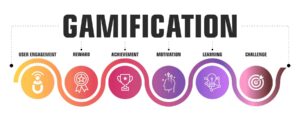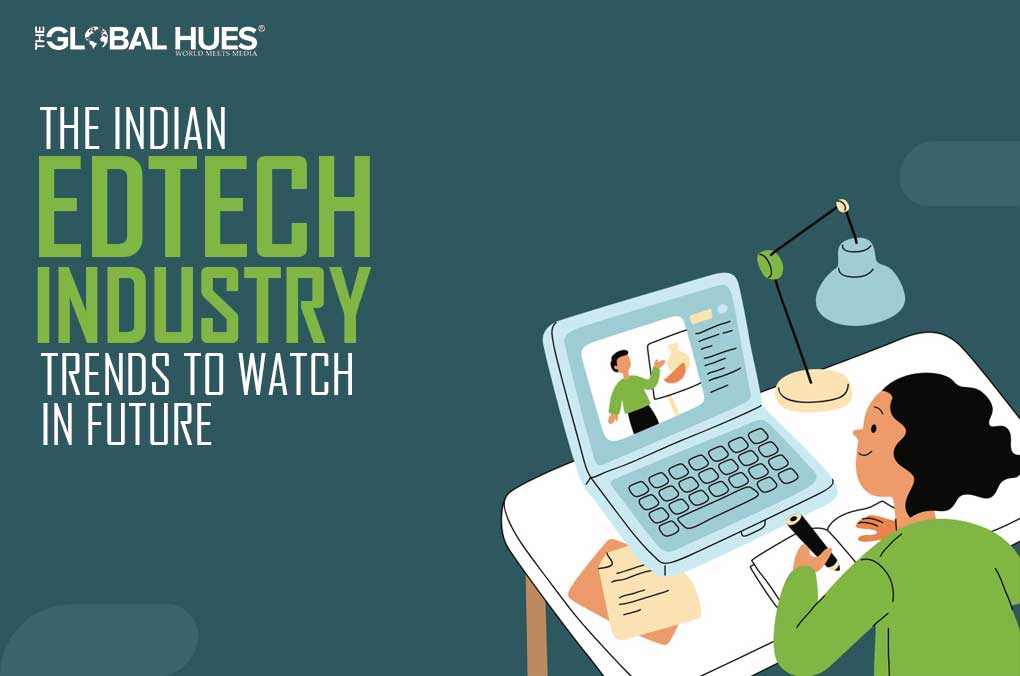The Indian EdTech Market is expected to reach the US $10.4 billion by 2025, from US $2.8 billion in 2020.
Education today is not restricted to just classrooms and is paving the way for new-age pedagogies. Although the education industry has witnessed maximum disruptions due to the pandemic, these disruptions have paved the way for the opening of all stakeholders-tutors, private and public schools, students, government, coaching institutes, and more.
As per the findings of the India Brand Equity Foundation, India has the world’s largest population of about 500 million in the age bracket of 5 to 24 years, hence providing a great opportunity to the education sector.
The Indian EdTech industry is believed to have received a $16.1B in VC funding, a 32X increase from 500M received in 2010. A major contributor to the growth of this sector is the K12 Segment, higher education, and upskilling categories.
And then there is a growing popularity of Massive Open Online Courses (MOOC) and distant education that are leading to the exponential growth of India’s Edtech sector. It is poised to reach $30 billion in the next 10 years.
With EdTech growing at such a rapid pace, it has the power to bridge the learning gap and improve the learning outcomes for hundreds of millions of children and adults worldwide.
Here are some trends to expect in the Edtech industry in the near future:
-
Integration of AR and VR in Daily Learning
Integration of new technologies like virtual reality, extended reality, and augmented reality will enable students to observe and experience the concepts in a real-time environment.
These technologies can build virtual science laboratories for students interested in science and technology, thereby ensuring more practical knowledge of subjects. We can say that Artificial Intelligence is making long strides in the academic world, turning the traditional methods of imparting knowledge into a comprehensive system of learning with the use of VR, XR, and AR tools.
-
Focus on Learner Centric Approach
For years, the focus has been on a teacher-centred approach to learning. This traditional system of learning involves students exclusively listening to their teachers with a limited scope of feedback and conversations. The current scenarios necessitate the introduction of a learner-oriented approach. Thanks to globalization and digitization, this new pedagogical approach is transforming the way learners acquire and apply knowledge.
Institutions can consider the following principles while designing student-oriented learning programs:
- Student engagement should be the top priority
- Focus on strengthening the student-teacher relationship
- Make use of available resources such as technology
- Every learner should get equal opportunities and access to resources
- Monitor and review the progress of every student
-
Blockchain
Blockchain is an emerging technology that is going to affect many businesses in the coming years. The use of blockchain technology can enable edtech platforms to connect learners, professionals, and faculty to relevant courses. With the help of blockchain technology, institutions can secure students’ academic data like marks obtained in a particular examination, leaving certificates, grades records, course completion certificates, and other important documents.
Moreover, the cost of education will come down as blockchain would eliminate manual tasks. Students would be able to secure their degrees, access them and get them verified whenever required.
-
Blockchain Benefits for Teachers
Teachers often face the struggle of transferring schools or applying for new jobs due to the hassle involved in getting recertified. Blockchain, here, is an exciting opportunity for teachers to save time while getting recertified, guest lecturing, or even working for private education companies. Blockchain would also help teachers in keeping track of grades, taking attendance easier, and also ensure cutting down on proxy test-taking.
-
Blockchain Benefits for Employers
Blockchain helps in eliminating diploma fraud, thereby adding value to the real degrees earned by students and also helping employers avoid getting scammed. Third-party costs involved in getting diplomas verified and degrees sent from schools to employers can also be reduced.
-
Gamification to foster more engagement

In Edtech, gamification simply means introducing game-like elements into the learning environment to motivate the students and make the process more engaging and interactive. Here are some benefits of gamification in the edtech:
- Educators are becoming more comfortable using interactive tools and game-based learning in classrooms
- Gamification relieves stress and improves the relationship between a teacher and a student
- Games link lessons to the real world
- Competition during games creates room for engagement
-
Use of Animation
Animations are traditionally associated with the cartoon industry. However, we can witness the use of animation in e-learning. With good storytelling and relevant content simulating real scenarios, animation can leverage students’ & learners’ engagement and knowledge retention. Videos that involve sound, picture, and motion make much more impact on a learner’s mind rather than text materials. Animation based learning helps to:
- Increase knowledge retention as a brain reacts to visual stimuli stronger than to the text
- Learn flexibly as one can get access to information at any time and from any location
- disseminate information to a much larger audience, hence reducing costs
THE CURRENT SCENARIO OF THE EDTECH INDUSTRY
Gone are the days when students used to prefer enrolling in leading institutions and colleges because of the perceived quality of education, campus, placement, and other features. They are now shifting towards EdTech as they too are providing professional education and guaranteeing good placements.
Additionally, the EdTech sector has an advantage in terms of technology, scalability, and geographical reach. Traditional schools and institutions must adopt technology instantly to thrive in the competitive edtech environment. They quickly need to adopt new learning techniques like gamification, and interactive classroom learning to motivate students.
FINAL WORDS
Many EdTech companies are entering the market with a focus on better learning outcomes, results, and student engagement. The coming years are crucial for online education and the edtech sector as we would witness the consolidation of the industry with more technological and innovative products.



